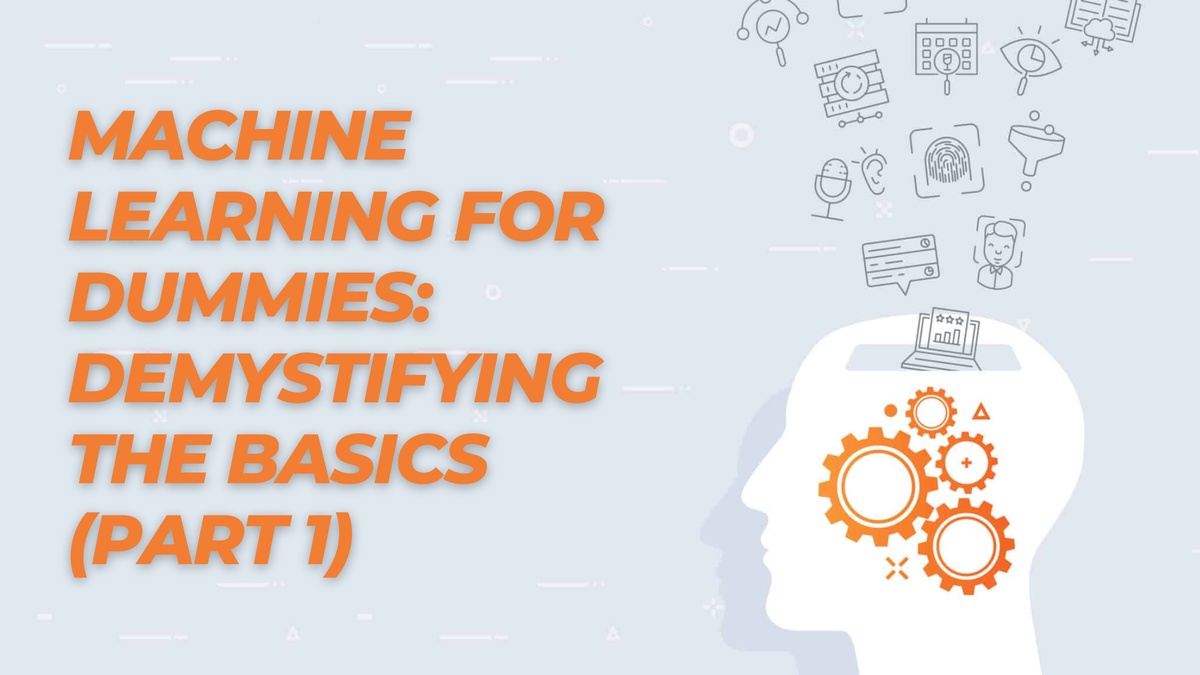Machine learning is a transformative technology that is revolutionizing various industries, from healthcare and finance to marketing and entertainment. Although it may seem complex at first glance, understanding the basics of machine learning is within reach for anyone. In this article, we embark on a journey to demystify machine learning, breaking down the fundamental concepts and providing you with a beginner-friendly introduction to this exciting field.
What is Machine Learning?
Machine learning is a subset of artificial intelligence that focuses on the development of algorithms and models that enable computer systems to learn and make predictions or decisions without explicit programming. It is based on the idea that machines can learn from and adapt to data, automatically improving their performance over time.
Supervised Learning
Supervised learning is a common approach in machine learning where the algorithm learns from labeled training data. It involves mapping input variables (features) to output variables (labels or predictions) based on example input-output pairs. This type of learning is used in various applications, such as image recognition, sentiment analysis, and spam filtering.
Unsupervised Learning
Unsupervised learning, on the other hand, deals with unlabeled data. The algorithm explores the data to discover patterns, relationships, and structures without explicit guidance. Clustering and dimensionality reduction are popular techniques used in unsupervised learning. Unsupervised learning can be useful for tasks like customer segmentation, anomaly detection, and recommendation systems.
Training and Testing
In machine learning, the model is trained on a subset of data called the training set. The model learns from this data and tries to generalize patterns to make accurate predictions on new, unseen data. To assess the performance of the model, a separate test set is used to evaluate its predictions. This helps measure how well the model generalizes and performs on new data.
Feature Engineering
Feature engineering involves selecting and transforming relevant features from raw data to improve the performance of machine learning models. It requires domain knowledge and creativity to extract meaningful insights and create informative features that capture important patterns in the data. Feature engineering plays a critical role in the success of machine learning projects.
Overfitting and Underfitting
Overfitting occurs when a machine learning model performs well on the training data but fails to generalize to new data. It happens when the model learns noise or irrelevant patterns instead of the underlying true patterns. On the other hand, underfitting occurs when the model is too simple to capture the complexities in the data. Balancing between overfitting and underfitting is a crucial aspect of building robust machine learning models.
Conclusion
Machine learning opens up a world of possibilities, empowering computers to learn from data and make intelligent decisions. In this article, we've covered the basics of machine learning, including supervised and unsupervised learning, training and testing, feature engineering, and the challenges of overfitting and underfitting. By understanding these foundational concepts, you've taken the first step towards becoming familiar with the fascinating world of machine learning. In the next part of this series, we'll delve deeper into specific algorithms and techniques used in machine learning. Stay tuned for more insights into this transformative technology.


No comments yet